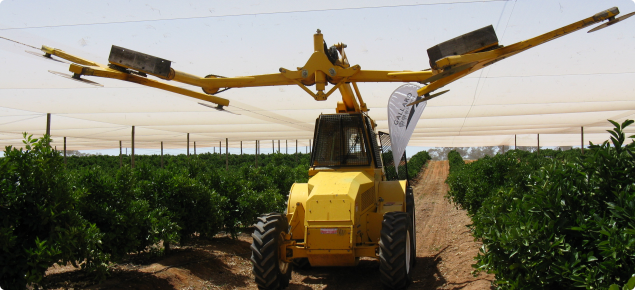Reasons for pruning
Citrus trees are pruned in order to:
- keep trees a manageable size and within the allocated space
- increase the ease of access to trees allowing for easier harvest and management
- allow light penetration into the canopy
- prevent crowding of main scaffold branches and to remove branches which cross
- remove or shorten water shoots to prevent them from becoming dominant
- allow air circulation and access under trees (skirt pruning)
- increase blossom quality
- increase fruit size and yield
- prevent fruit damage due to limb rubbing.
Avoid overpruning. The leaves are the manufacturing part of the plant - removing too much of the canopy will reduce tree growth and crops. Citrus bark also burns easily if over-exposed to the sun.
Pruning should involve removing unhealthy, unwanted and poorly positioned branches but minimise the loss of healthy foliage. The best time to prune is soon after harvest in winter to early spring before bud break. For late varieties where two crops may hang on the tree at once some of the new crop may be lost.
The benefits of pruning can be reduced or delayed if trees are not pruned at the right time and in the correct way.

